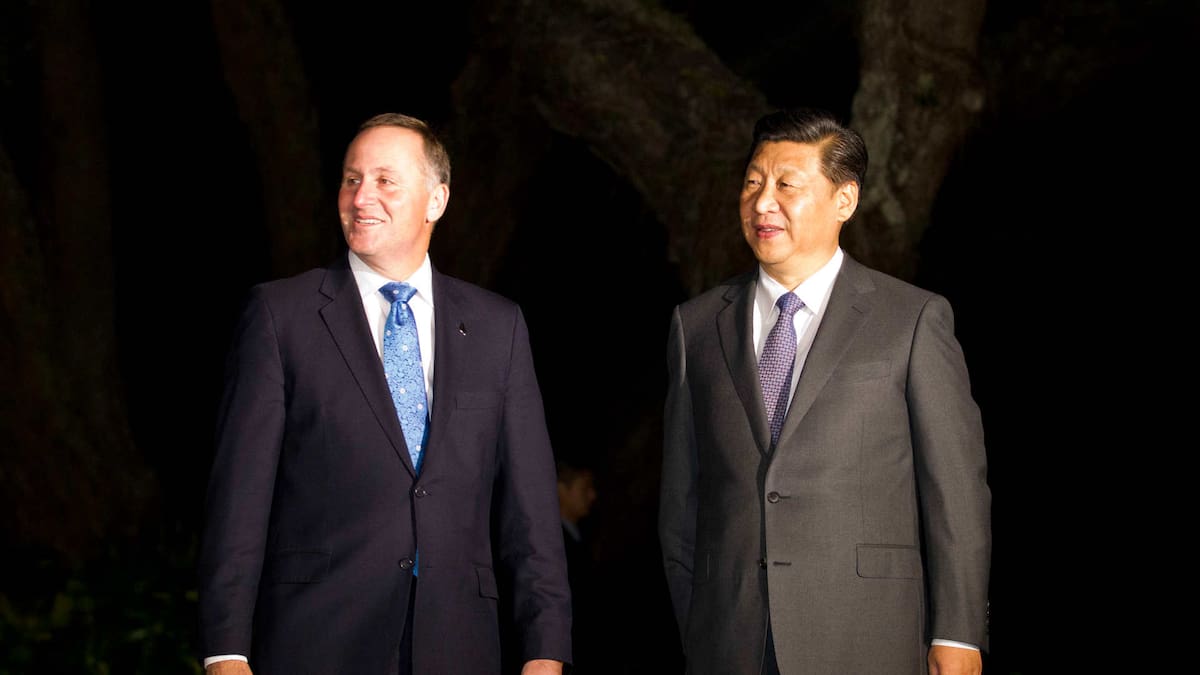recce.k1
Well-Known Member
Well I don't disagree with much of what you are saying except for dismissing a capability such as the E-7A outright, and assuming for the purposes of discussion (and the rules) as long as contributors can back up what they are saying with a bit of research and thought, then I'd like to add the following thoughts and leave it at that.I am very well aware of the capabilities of the E7A and have been following it for years. If I was the Minister of Defence and had Treasury based at Waiouru in hooches during the dead of winter, it would be on my shopping list, but I am not so Treasury is pretty safe in Wellington.
We don't have an unlimited money pot and at present to bring NZDF up to a credible 21st century defence force with a maritime focus, we are looking at $55 billion in acquisitions alone. That's spread over a 15 year period and would mean an extra $3.6 billion in defence expenditure per annum on top of the $6 billion that 2% GDP would give us. Would the pollies and country be willing to fund such expenditure? That $3.6 billion is about what NZDF gets now per annum, so even if the NZG took it out of the $6 billion that would leave $2.4 billion for operational expenditure and NZDF couldn't survive on that. We have far greater need of other capabilities than the E7A. You know more and replacement frigates, LPD / LHDs, more P-8As & C130Js, UAVs, more rotary wing, Seasprite replacements, upgrade Army capabilities, GBAD, Army SHORAD, RNZAF ACF, Naval Patrol Force upgrade and strengthening, and so. So any E7A acquisition is a long way down the list of priorities and at the moment about the same priority as RNZN SSBNs.
What are the options for NZ to have better situational awareness of its vast maritime domain? I think we can conclude it is a "priority" (judging by recent defence assessments and future capability plans eg mention of satellites and long range UAV's).
The other critical aspect to consider (for these options) is to have capabilities that are networked (securely). A recent APDR article (page 28) touched upon the importance of Network Centric Warefare (NCW).
The NZ Army has recognised this and is proceeding with its various Networked Enabled Army (NEA) projects, and to be fair so has the NZDF as a whole (for the last several years) as it talks about linking land forces, naval combat and patrol forces and air force maritime patrol/ISR aircraft (via satellites etc).The overwhelming influence of information and communications technology is changing society at an extremely rapid pace. In military affairs it is enabling a fundamental shift from platform centric warfare to network centric warfare (NCW).
The ADF’s move to NCW requires it to integrate all three services plus intelligence and cyber groups into a secure fully networked force, enabled by technology.
But what if we lose satellite access (eg if they are destroyed or incapacitated or compomised etc), can the RNZAF contribute to providing an alternative system, which is secure, if so what is it? Could it be a long range aircraft platform? If so what are the options? Or do we do nothing? Or do we rely on our allies? If allies, presumably they will have their own priorities and likely at the sharper end of any potential conflicts. And doing nothing, with a wide area of responsibility, would presumably be risky as we would not only be blind we would be ineffectual (eg naval assets would effectively be platform centric again, relying on its own sensor footprint).
So could the E-7A a solution? To be fair that's a question for Defence so of course I cannot answer that. But what we do know is that apart from existing regional operators Australia and South Korea, apparently there could also be interest from the likes of Japan (and possibly some others).
The E-7A is expensive (I figure around > NZ$600m ea if based on the UK's pricing but unclear if that includes other project related costs) and no doubt if such a capability is important then Defence will assess other options for value for money. But could that change now that the USAF is committed? With the US as a customer now, that then brings the E-7A into the FMS system.
As for Defence as a whole, there is a snippet in a recent Janes article confirming that recent announcements on a change to NZ's defence settings is in motion. So I'll leave any further E-7A commentary until we know more about what Defence is thinking!
Michael Swain, deputy secretary of Defence Policy and Planning at the MoD, told Janes, “It is clear that the regional and international security environment is changing rapidly. This was illustrated in Defence Assessment 2021. Subsequent developments, including the Russian invasion of Ukraine and the Solomon Islands-China security agreement, have underscored the challenges we face.”
He added, “Current policy settings were designed for a more benign strategic environment. Aotearoa [New Zealand] will need new policy settings and capability planning to meet the challenges of this new environment.”



